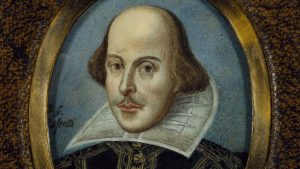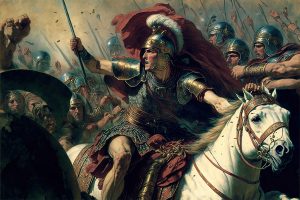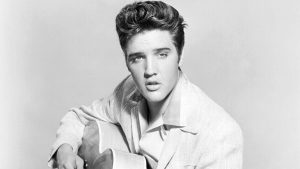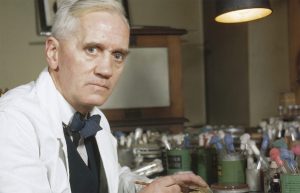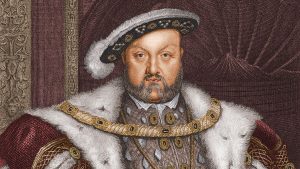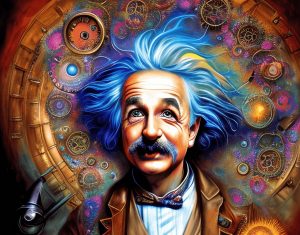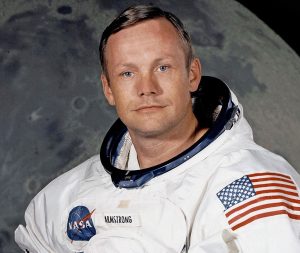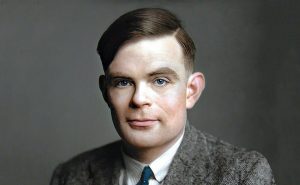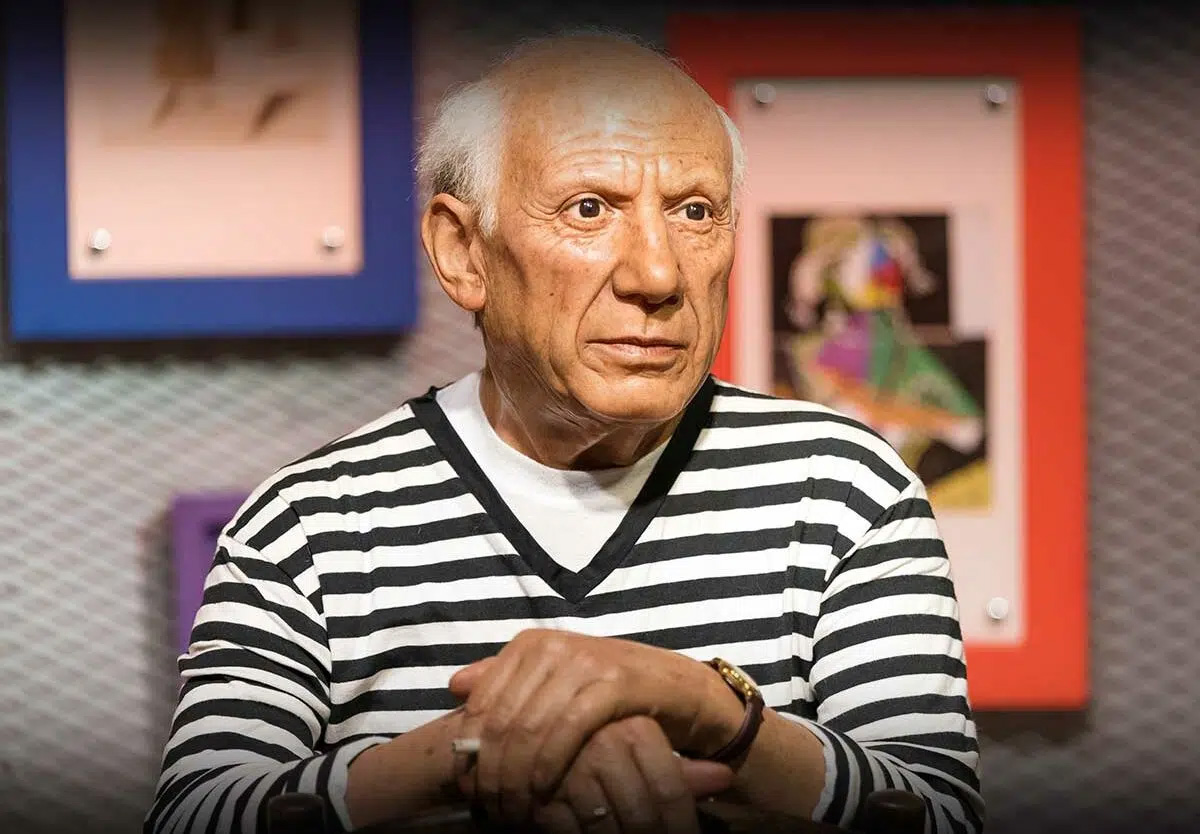
20 interesting facts about Pablo Picasso
- 👁️ 1116
Pablo Picasso, a renowned Spanish artist, was a titan of the 20th-century art world. His prolific creativity spanned painting, sculpture, printmaking, ceramics, and textiles, which led to an astonishingly diverse body of work. Picasso was instrumental in developing and exploring several artistic movements, most notably Cubism. His profound influence continues to echo in the realm of modern art.
- Picasso was born on October 25, 1881, in Malaga, Spain. His full name, inspired by various saints and relatives, is 23 words long: Pablo Diego José Francisco de Paula Juan Nepomuceno María de los Remedios Cipriano de la Santísima Trinidad Martyr Patricio Clito Ruíz y Picasso.
- He created over 20,000 works of art in his lifetime, spanning paintings, drawings, sculptures, ceramics, prints, textiles, and rugs.
- Picasso demonstrated extraordinary artistic talent from a young age. By the age of nine, he completed his first painting: ‘Le Picador’, a man riding a horse in a bullfight.
- Picasso, along with Georges Braque, co-founded the Cubist movement, which revolutionised European painting and sculpture, and inspired related movements in music, literature, and architecture.
- His groundbreaking work ‘Les Demoiselles d’Avignon’ (1907) is widely considered the first Cubist painting and remains a landmark in the history of modern art.
- His painting ‘Guernica’ (1937), a dramatic portrayal of the bombing of Guernica during the Spanish Civil War, is among the most famous anti-war paintings in history.
- Picasso went through various periods in his work, including the Blue Period (1901–1904), the Rose Period (1904–1906), the African Art-inspired Period (1907–1909), Analytic Cubism (1909–1912), and Synthetic Cubism (1912–1919).
- He was known to be a charismatic personality and was romantically involved with numerous women who served as muses and were subjects in his work.
- Despite his Spanish roots, Picasso spent most of his adult life in France, where he died on April 8, 1973, in Mougins.
- Picasso’s painting ‘Women of Algiers (Version O)’ set a world record for the highest price ever paid for a painting at auction, fetching $179.4 million in 2015.
- Picasso was an extremely fast painter and could complete a painting in a single day.
- He had his first exhibition at the age of 13, when his father rented a room for him to showcase his artwork.
- Although he is primarily known for his paintings, Picasso had a strong interest in sculpture, ceramics, and other artistic mediums. He is credited with inventing constructed sculpture and co-inventing collage as a fine art technique.
- Picasso wrote poetry and plays in addition to his visual artwork. From 1935 to 1959, he wrote hundreds of poems, two full-length plays, and many other pieces of prose.
- Despite his vast wealth, Picasso preferred a bohemian lifestyle. He often wore dishevelled clothing and worked in a cluttered, messy studio.
- Picasso was not only a prolific artist but also a prolific art collector. His personal collection included works by artists such as Renoir, Cézanne, and Matisse, along with numerous African sculptures.
- He was the first living artist to have an exhibition at the Louvre Museum in Paris, which was held on his 90th birthday in 1971.
- Picasso had four children by three women: Paulo (with Olga Khokhlova), Maya (with Marie-Thérèse Walter), and Claude and Paloma (with Françoise Gilot).
- Although he created thousands of artworks, Picasso was notoriously secretive about his work until he considered it complete. He often worked in private and did not allow others to see his work in progress.
- ‘The Weeping Woman’ series of paintings by Picasso depict his lover, Dora Maar, showcasing her anguish and pain. It’s said to symbolise the suffering of the Spanish people during the Civil War.
Pablo Picasso’s life was as colourful and varied as his artwork. He ceaselessly pushed the boundaries of art, creating in a vast array of styles and mediums, and forever altering our perceptions of what art can be. His immense contribution to modern art continues to inspire and influence artists all over the world. His legacy, embodied in thousands of his works, continues to shape our understanding of creativity and the human spirit.
